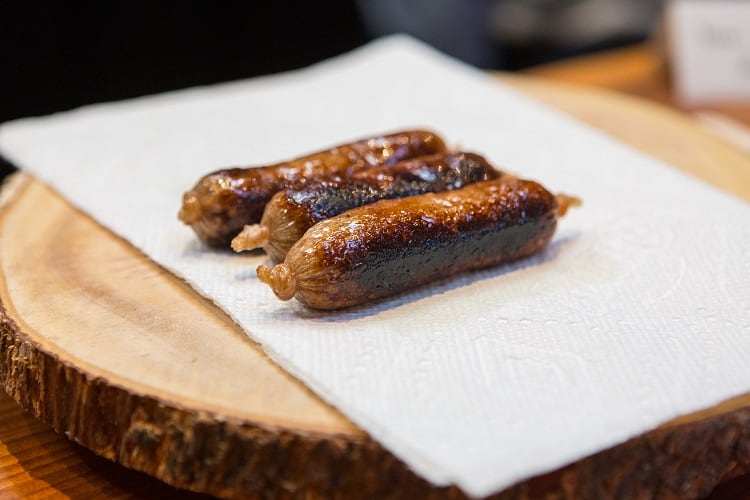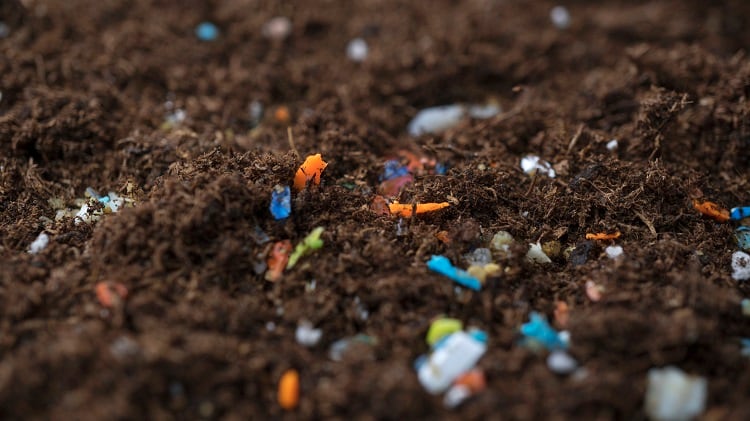In 2019, 1.27 million deaths globally were attributed to antimicrobial resistance. One of the main reasons for this is the wide use of antibiotics in animal agriculture leading to the presence of antibiotics in meat, thus increasing resistance to antibiotics in humans. In fact, 70% of medically important antibiotics are used on animals in agriculture, used as low-cost substitutes for imposing good hygiene, as well as growth promoters.
Such indiscriminate use of antibiotics in animal agriculture was banned in the EU in 2022, but this does not mean that antibiotic residue is not often found in meat eaten by Europeans, given that we live in a globalised world.
“With huge quantities of antimicrobials still used preventatively around the world, small changes in Europe won't be enough to stop the development of resistant bacteria,” Seren Kell, the Good Food Institute (GFI) Europe’s Senior Science and Technology Manager, told FoodNavigator. “Antibiotic residues in meat are among the top food safety concerns for Europeans and to stop our food system driving this problem, governments should invest in antibiotic-free alternative proteins.”
However, the development of cultivated meat could provide a solution, one which could allow producers to vastly lower the level of antibiotics used in comparison to conventional meat.
The cause of the problem
Antibiotics are used in animal agriculture because the overcrowded environments many farm animals live in necessitates their use. Even with the EU’s ban on routine antibiotic use, Kell told us, “the nature of industrial farms – where animals develop health problems because they're bred to grow so quickly and reared in intensive, crowded conditions – means it's impossible to completely remove antibiotics from the system.”
The presence of antibiotics in meat can have a catastrophic affect on consumers, as seen above. “Pathogen populations can develop antimicrobial resistance (AMR) any time they are exposed to antimicrobials but not killed by them, especially with long-term or repeated exposure,” GFI senior scientist Claire Bomkamp told us.
“This phenomenon is by no means specific to meat, but the sheer volume of antibiotic use in the meat industry allows for many opportunities for resistant bacteria to be selected for over their non-resistant counterparts. Once a highly-resistant population has emerged, it's possible for it to make its way into humans through consumption of the meat, indirectly through the environment, or through exposure of farmers or workers in meat processing plants.”
Cultivated meat and antibiotics
In a comment in Nature Food, Bomkamp and GFI research fellow Eileen McNamara suggested that cultivated meat provides a lower risk alternative to animal agriculture, at least when it comes to the potential for AMR.
“In comparison to intensive animal rearing systems where the presence of disease-causing bacteria and other organisms is basically a fact of life, cultivated meat is a much more controlled process,” Bomkamp told us.
“As long as the system is designed properly and all inputs are sterile (aside from the desired cells), it's possible to avoid the presence of pathogens without using antibiotics. Designing a cultivated meat bioprocess that will operate as desired at scale and can produce meat at reasonable costs is certainly not a trivial task, but antibiotic use is unlikely to be a particularly useful solution to those challenges.”
Balancing costs
This level of control provides a range of advantages, but advantages that could come with a high cost.
The sort of bacteria that cultivated meat comes into contact with, suggests Bomkamp and McNamara’s article, bacteria such as Escherichia coli, will be more likely to result in batch failures that contamination. This bacteria would ‘rapidly’ outcompete the cultivated meat’s animal cells, wasting a lot of resources.
However, Bomkamp sees this risk as the lesser of two evils. “It's very true that increased batch failures would increase costs, but routine use of antibiotics is not only a bad solution to that problem because of the risk of resistance, it's a bad solution because it's unlikely to be economically viable at scale,” she told us.
“There are numerous examples in the literature where antibiotic use has pretty negative effects on the health and behaviour of cultivated cells. In a research context, antibiotic use is often the most practical option and is considered to be worth those downsides because there's a lot more manual handling of the cultures for media changes and such.
“In a large-scale manufacturing context, relying on antibiotic use to avoid batch failures might actually be more costly (e.g., because it can increase doubling times) than relying on sterilization of input materials together with consistent use of practices to avoid introducing contaminants mid-batch. This is what the biopharma industry has already landed on, and the challenge for cultivated meat will be to adapt those methods to make them cost-effective for production of a food product.”
The position against heavy antibiotic use is already common in the cultivated meat sector. Producers such as Aleph Farms, UPSIDE foods and Meatable have released statements that they do not and do not plan to use antibiotics in their cultivated meat production.
Sourced From: Nature Food
'Cultivated meat as a tool for fighting antimicrobial resistance’
Published on: 18 October 2023
Doi: https://doi.org/10.1038/s43016-022-00602-y
Authors: E. McNamara & C. Bomkamp




